Carotid artery disease occurs when plaque, a build-up of fat, cholesterol and other substances, collects and forms along the walls of the carotid arteries. This buildup of plaque and the injury it causes is called atherosclerosis.
Over time, the walls of affected arteries thicken and become stiff. The blood vessel may also become narrowed. This is a condition known as stenosis, which limits blood flow.
Left untreated, carotid artery disease increases the risk for stroke. A stroke occurs when blood flow to the brain is obstructed by plaque or blood clots, when bits of plaque break free and travel to smaller arteries in the brain, or when a blood vessel in the brain ruptures. A lack of oxygen and other essential nutrients may cause permanent damage to the brain or death.
During a carotid artery screening, the thickness of the intima-media, the innermost walls of the artery, is measured. Studies have shown that the thickness of the artery can show the patient's risk of cardiovascular disease. If caught early, changes in lifestyle and medication can decrease this risk by decreasing the artery’s thickness.
Carotid artery screening is performed with ultrasound. Ultrasound imaging uses a small probe, called a transducer, and gel placed directly on the skin. High-frequency sound waves travel from the probe, through the gel, into the body. The probe collects the sounds that bounce back. A computer uses those sound waves to create the images for the exam.
Ultrasound is painless and non-invasive.
An ultrasound carotid artery screening is typically not covered by health insurance. The fee for the exam is $300.
When would I get a Carotid Artery Screening?
According to the Society for Vascular Medicine guidelines,a carotid artery screening via ultrasound may be beneficial for assessing stroke risk in individuals who are 55 years of age or older, with cardiovascular risk factors such as a history of:
- high blood pressure
- diabetes
- smoking
- high cholesterol
- known cardiovascular disease.

What Will I Experience?
For most ultrasound exams, you will lie on your back on an exam table. You may have your position adjusted to either side in order to improve the quality of the images captured during the exam.
An ultrasound technologist will apply a warm water-based gel to the area of the body being studied. The gel will help the transducer make secure contact with the body and eliminate air pockets between the transducer and the skin that can block the sound waves from passing into your body. The transducer is placed on the body and moved back and forth over the area of interest until the desired images are captured.
There is usually no discomfort from pressure as the transducer is pressed against the area being examined. However, if scanning is performed over an area that is tender or sensitive, you may feel some pressure or minor discomfort from the transducer.
Once the exam is complete, the clear ultrasound gel will be wiped off your skin. Any portions that are not wiped off will dry quickly. The ultrasound gel does not usually stain or discolor clothing.
Typically, ultrasound imaging of the veins takes approximately 60 minutes to complete.


